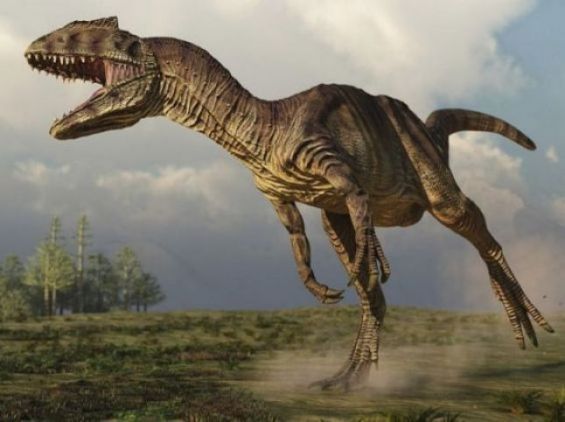Late Jurassic theropod tracks in Morocco, Switzerland, Portugal and Spain have allowed scientists to prove that some dinosaurs were globetrotters with migratory routes that spanned between Gondwana and Laurasia.
The new study suggests the existence of «faunal exchange routes between Gondwana and Laurasia (two supercontinents) through North Africa and/or North America and/or Asia between the Middle to early Late Jurassic».
Published in October by the Journal of African Earth Sciences, the study reveals that identical dinosaur footprints that date back to the Jurassic era have been found in Switzerland, Portugal, Spain and Morocco.

These tracks described as «ichnotaxa Megalosauripus transjuranicus» and «Jurabront es curtedulensis» belonged to Late Jurassic apex predators, Red Historia reports. «On the one hand, we have identified a type of large and slender footprints with a size of 30-50 cm and, on the other hand, other gigantic and robust footprints measuring more than 50 cm», said Diego Castanera, from the Miquel Crusafont Catalan Institute of Palaeontology (ICP) of the Autonomous University of Barcelona and co-author of the work.
Migration routes and dinosaurs
To study the different footprints, researchers used a freeware called DigTrace. «We can't determine with certainty what animal left a particular footstep since different related dinosaurs could leave very similar footprints», Castanera explained. However, the findings of the study indicate that the fossilized footprints belonged to Allosaurus and Torvosaurus.

To the study, these large animals travelled between Africa and Europe through submerged masses of land in southern Italy and the Balkans or across the Iberian Peninsula. «How did the dinosaurs pass between Laurasia and Gondwana? The answer is problematic because there was a deep sea between the two continents», explains Diego Castanera, citing the geographical theories that his study has just shaken.
The new data support the hypothesis of a Gondwana-Laurasia faunal exchange during Middle or Early Jurassic times, and the presence of migratory routes around the Tethys, the paleo-ocean that once separated the two supercontinents.





 chargement...
chargement...













